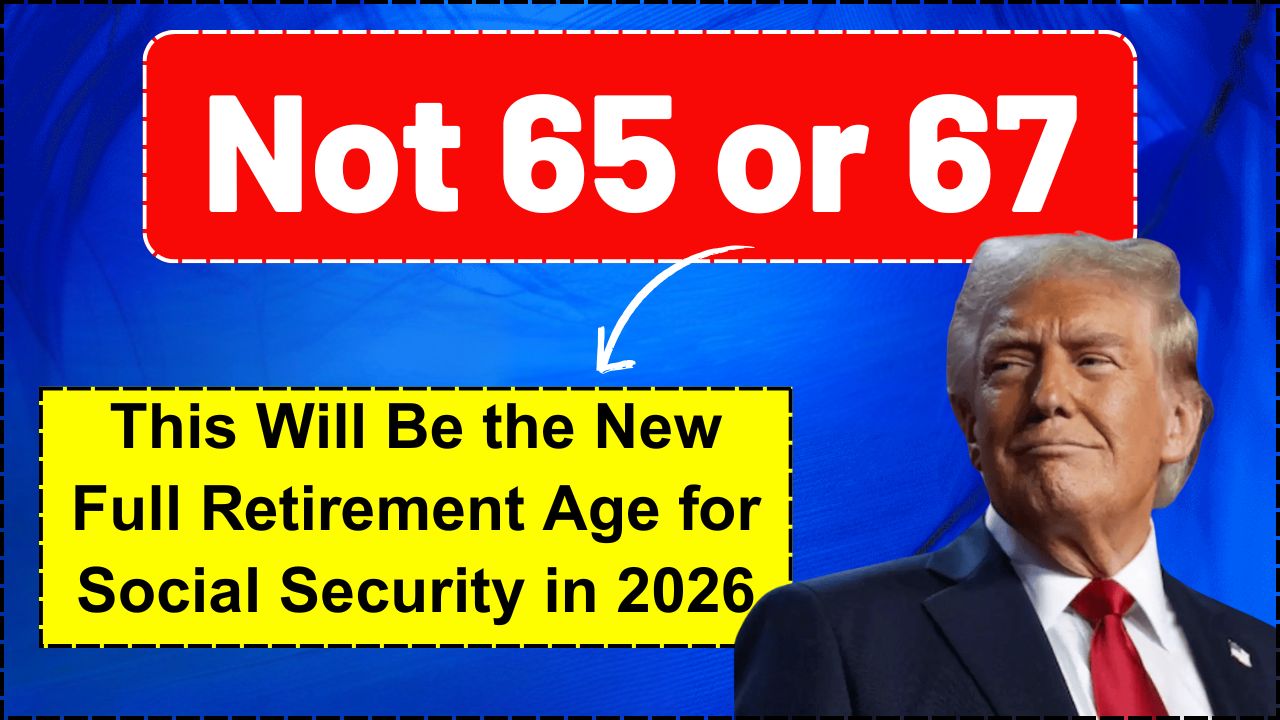Imagine finding a coin in your pocket change that’s worth as much as a house. Sounds unbelievable, right? But it’s true — a 1955 Lincoln Wheat Penny has been valued at up to $410,000, and some of them may still be hiding in everyday circulation. This rare copper coin, minted with a striking error, is one of the most prized U.S. pennies ever created. And the best part? You might have one without even realizing it.
Let’s explore what makes this penny so special, how it came to be, and how you can identify one yourself.
Table of Contents
A Classic Penny With an Incredible Story
The Lincoln Wheat Penny has been a part of American coinage since 1909, when it was introduced to celebrate the 100th birthday of President Abraham Lincoln. It was the first U.S. coin to feature a real person instead of a symbolic figure. The reverse side of the coin carried two stalks of wheat, giving it its nickname.
In 1955, something unusual happened at the Philadelphia Mint — an error during the minting process resulted in a few thousand coins with double images on the obverse side (the front). This mistake is now legendary and known as the 1955 Doubled Die Obverse, and it’s become one of the most valuable and widely recognized minting errors in U.S. history.
Summary Table
| Feature | Details |
|---|---|
| Year | 1955 |
| Mint | Philadelphia (no mint mark) |
| Error Type | Doubled Die Obverse |
| Composition | 95% Copper, 5% Zinc & Tin |
| Current Value Range | $1,500 to $410,000+ |
| Collectability | Extremely High |
| Common Locations | Loose change, coin jars, bank rolls |
Learn more about historical U.S. coins at the U.S. Mint’s coin education page
Why Is This Penny Worth Up to $410,000?
The enormous value of this particular penny lies in a visible error — the doubling of the date (“1955”), “LIBERTY,” and “IN GOD WE TRUST.” This happened when the coin dies became misaligned, resulting in a double impression on the front of the coin. Unlike subtle mint errors, this one is clear to the naked eye, especially under a magnifying glass.
Only a few thousand of these coins were distributed before the error was discovered. Since they entered general circulation in 1955, many ended up in pockets, drawers, and piggy banks before collectors began to understand their significance.
While most known examples are already in private collections, it’s believed that a few unrecognized coins still exist in the wild. That’s why collectors — and even casual observers — continue to examine their change closely. The condition of the coin dramatically affects its value:
- Uncirculated (Mint State) examples can fetch over $400,000
- Lightly worn coins might still bring in $10,000 to $50,000
- Heavily circulated examples are worth several thousand dollars
How to Spot the $410K Wheat Penny
Think you might have one of these rare coins? Here’s how to check:
1. Look at the Date
Find a penny from 1955. It must not have a mint mark (Philadelphia mint).
2. Examine the Text Closely
Use a magnifying glass or jeweler’s loupe. Check the words:
- “LIBERTY”
- “IN GOD WE TRUST”
- The date (1955)
If these appear clearly doubled — not just smudged or blurred — you could have the real thing.
3. Don’t Clean the Coin
Many people ruin valuable coins by trying to clean them. Leave it as-is. Cleaning a rare coin significantly reduces its value.
4. Get It Authenticated
If you think you’ve found one, submit it to a professional grading service such as:
- PCGS – Professional Coin Grading Service
- NGC – Numismatic Guaranty Company
- ANA – American Numismatic Association
Authentication and grading typically cost $20–$50, depending on the coin’s value.
Start Your Own Penny Hunt
Here’s how to increase your odds of finding a rare 1955 Wheat Penny:
Check Loose Change
Look at your pocket change, tip jars, or cash register pennies. You’d be surprised what slips through unnoticed.
Explore Old Coin Jars
Ask friends or relatives if you can search through their old coin jars, especially ones collected over decades.
Visit Banks
Many collectors get bank rolls of pennies and search through them for rare coins. It’s time-consuming but can yield exciting finds.
Join Collector Groups
Online forums and Facebook groups like Coin Community Forum are great places to learn and share.
Conclusion
The legendary 1955 Doubled Die Wheat Penny represents one of the rarest — and most exciting — finds in American coin collecting. Its historical charm, combined with its dramatic error and six-figure value, make it a treasure hiding in plain sight.
You don’t need to be a seasoned numismatist to find one. All it takes is curiosity, attention to detail, and a little luck. So the next time you get change at the store or sort through a jar of old coins, keep your eyes peeled. You could be holding a piece of history worth up to $410,000.
Frequently Asked Questions
Q1: How can I tell if I have a real 1955 Doubled Die Wheat Penny?
A = Check the coin’s front for strong doubling in the date and the inscriptions. Use a magnifying glass to see clearly.
Q2: Are these rare pennies still in circulation today?
A = Yes, a few could still be in loose change, old collections, or forgotten coin jars.
Q3: Can cleaning a coin increase its value?
A = No — cleaning a coin can actually decrease its value significantly. Always leave it in its original state.






